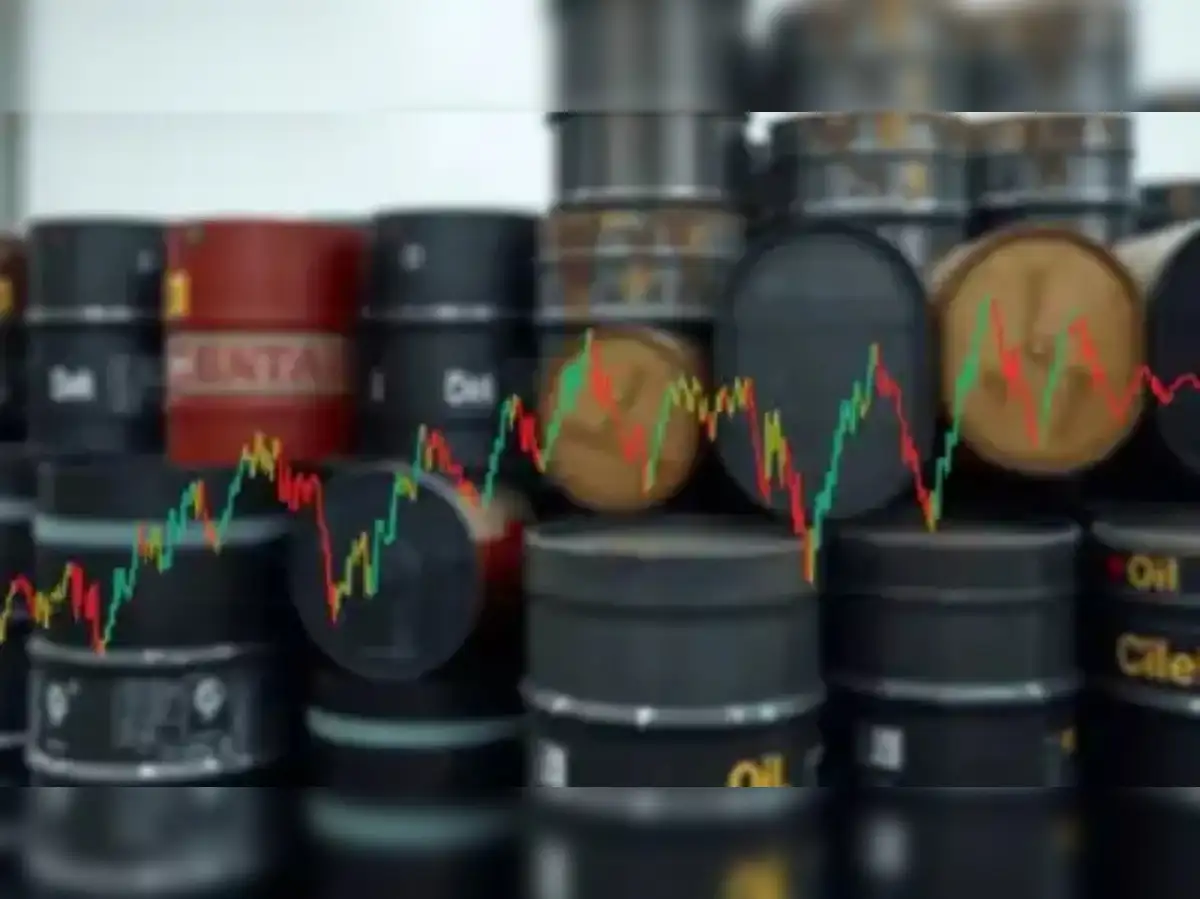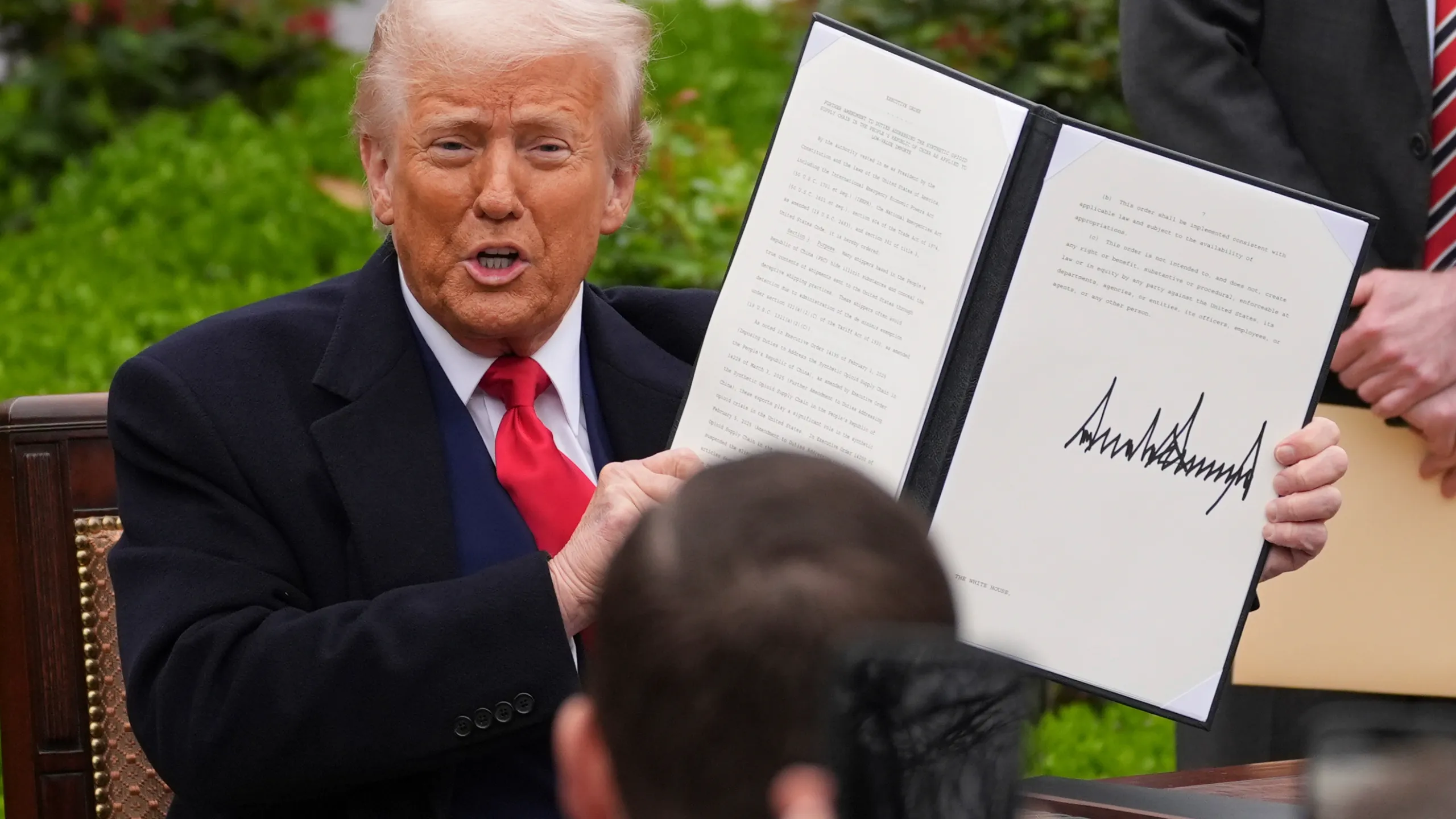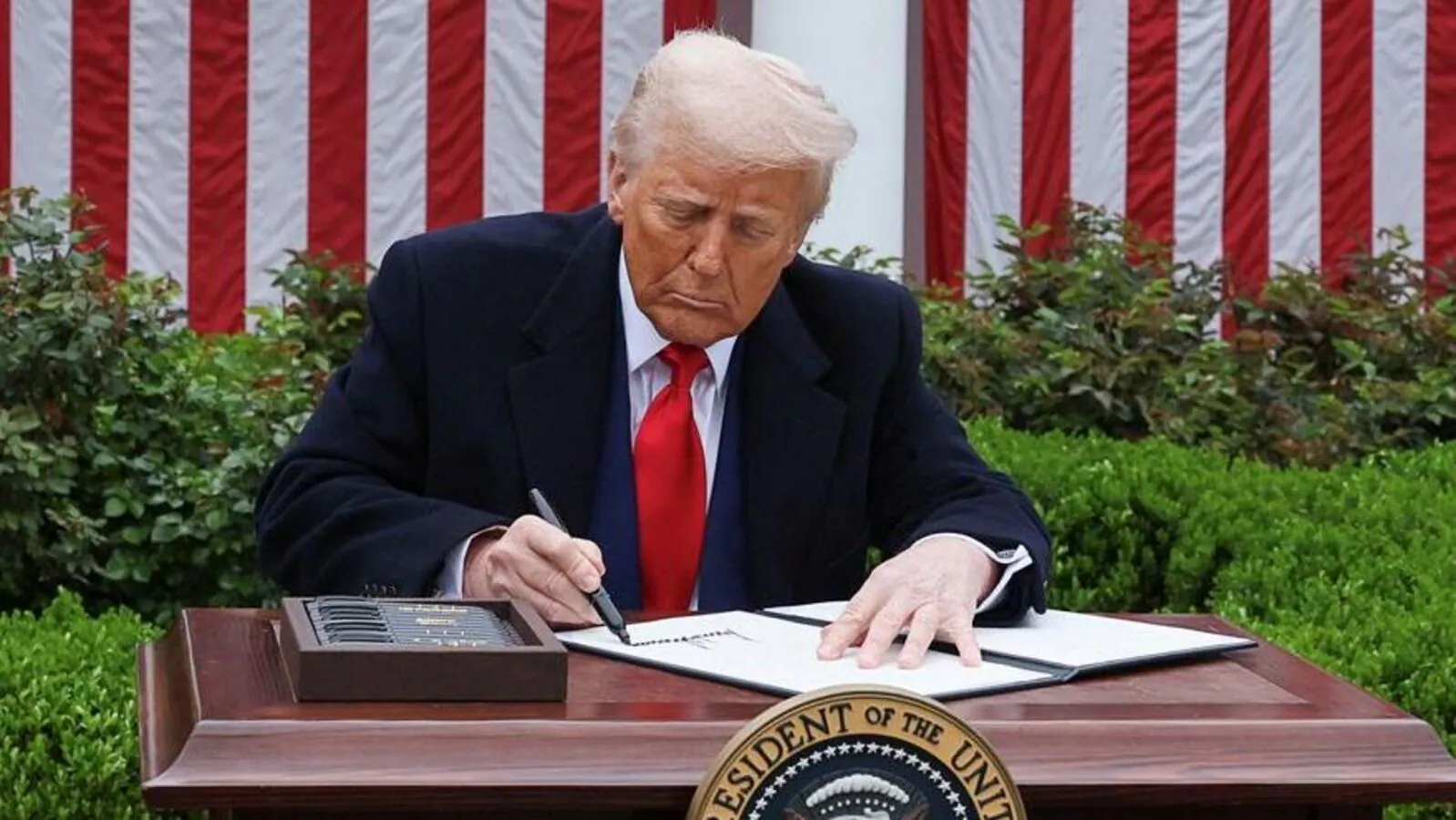
In recent weeks, global oil markets have experienced a nuanced balancing act, with prices remaining relatively steady despite swirling economic and geopolitical developments. Market observers have been paying close attention to the dual influences of mixed U.S. economic indicators and the imposition of new sanctions on Russia, one of the world’s leading oil producers. This article delves into the factors contributing to oil price stability, examining the interplay of economic data, tariff policies, and geopolitical sanctions, and explores what this means for the future of the oil market.
The Current State of Oil Prices
As of the latest reports, oil prices have steadied after experiencing fluctuations earlier in the year. The market’s resilience can be attributed to a complex blend of positive and negative signals emanating from major economies and geopolitical actors. Despite concerns over potential supply disruptions due to new sanctions on Russia, crude oil futures have not seen significant volatility, indicating a cautious confidence among traders and investors.
Influence of US Economic Data
Mixed Indicators and Market Reactions
The United States, one of the largest consumers of oil globally, has recently released a batch of economic data that have created a mixed landscape for energy markets. On one hand, employment figures and consumer spending data point toward ongoing resilience in the US economy. On the other, manufacturing output and inflation metrics have raised concerns about potential slowing growth.
These mixed signals have led to market caution. While strong employment figures tend to increase demand expectations, inflationary pressures could potentially dampen consumption with higher costs. The overall effect has been a market that remains uncertain, preventing aggressive moves in either direction for oil prices.
Tariff Policies and Their Impact
Trade tariffs and related policies have added a layer of complexity to the economic environment. Recent tariff adjustments between the US and other trading partners have contributed to a sense of unpredictability regarding economic growth prospects. Such policies influence not only the broader economy but also specific sectors like transportation and manufacturing, which are directly tied to oil consumption.
Market participants interpret this uncertainty as a reason to maintain a cautious stance, leading to a stabilization of oil prices rather than sharp fluctuations.
Impact of Russia Sanctions
Introduction of New Sanctions and Market Response
In parallel, recent sanctions introduced against Russia have been closely monitored by the oil market. Russia, being one of the top global oil producers, wields substantial influence over supply levels. New sanctions, aimed at restricting Russia’s ability to export oil and related products, initially triggered concerns about a potential supply crunch.
However, the actual market reaction has been more subdued than anticipated. This can be attributed to several factors:
- Gradual implementation of sanctions allowing market participants to adjust supply chains
- Increase in strategic reserves and alternative supply sources mitigating immediate shortages
- Russia’s efforts to counteract the sanctions by seeking new markets and boosting domestic production
Consequently, while sanctions represent a significant geopolitical event, their immediate impact on prices has been tempered by proactive market adjustments.
Global Supply and Demand Dynamics
Beyond US economic indicators and Russia sanctions, the broader supply-demand landscape continues to influence oil prices. OPEC+ nations, led by Saudi Arabia and Russia, often adjust production quotas to stabilize markets. Recently, there has been a concerted effort to balance supply and demand to avoid extreme price swings.
Global demand remains fragile amid economic uncertainties, but seasonal factors and recovering travel activity have provided some support for prices. Conversely, concerns over a potential slowdown in major economies could lead to weaker demand, exerting downward pressure.
Outlook for the Oil Market
Factors Favoring Price Stability
Given the current mixed signals, analysts suggest that oil prices will likely continue to hover within a range for the near future. The key factors include:
- Continued economic uncertainty and policy adjustments
- The evolving impact and implementation of sanctions on Russia
- OPEC+ strategies to manage supply levels
- Potential shifts in US shale oil production
Potential Risks and Upside Drivers
Despite the stability, certain risks could tilt the balance. Escalation of geopolitical tensions, unexpected supply disruptions, or a sudden change in demand patterns could trigger volatility. Conversely, breakthroughs in energy transition or alternative fuel adoption could reduce demand for oil, exerting downward pressure on prices.
Conclusion
In summary, the oil market currently demonstrates resilience amid a complex backdrop of economic data and geopolitical developments. While US economic indicators are providing mixed signals, and new sanctions on Russia introduce uncertainties, these factors are largely offsetting each other, leading to price stability. As the global economy navigates these turbulent waters, stakeholders will need to remain vigilant, balancing geopolitical risks with economic trends to anticipate future movements.
For more updated news please keep visiting Prime News World.








